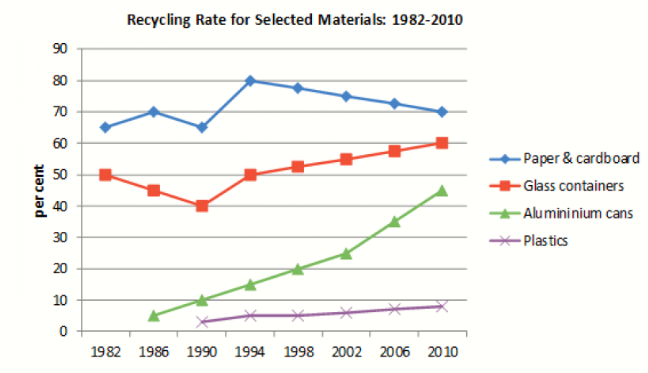The increasing global prominence of English often leads to its prioritisation in educational systems, sometimes at the expense of local languages. While English undeniably holds significant advantages in an interconnected world, I believe that the survival of indigenous tongues is paramount for preserving cultural diversity and identity.
There is a compelling argument for everyone to learn English. Its status as a global lingua franca makes it indispensable for international communication, facilitating diplomacy, trade, scientific collaboration, and cultural exchange. Proficiency in English often opens doors to higher education, as a vast majority of academic resources and prestigious university courses are offered in English. Furthermore, it is a crucial skill for accessing global job markets, particularly in sectors like technology, tourism, and multinational corporations. In essence, learning English equips individuals with a powerful tool for global mobility and economic opportunity.
However, the importance of local languages cannot be overstated. They are far more than mere communication tools; they are custodians of cultural heritage, ancestral knowledge, and unique ways of perceiving the world. Each language encapsulates a distinct history, traditions, folk tales, and values that contribute to a community’s identity. If these languages are not taught and subsequently die out, it represents an irreplaceable loss of human knowledge and cultural richness. For example, many indigenous languages contain unique ecological knowledge about local environments, which would be lost forever if the language ceased to exist.
To ensure the survival of local languages, a multifaceted approach is required. Firstly, governments and educational institutions must implement policies that integrate local languages into school curricula from an early age, making them compulsory alongside English. Secondly, communities themselves need to be empowered through initiatives that encourage intergenerational transmission, such as language immersion programmes and cultural festivals. Finally, technology can play a vital role; developing apps, online dictionaries, and digital archives for endangered languages can help preserve them and make them accessible to younger generations.
In conclusion, while the global utility of English makes it important for individuals worldwide, this should not come at the cost of linguistic diversity. Proactive measures, particularly through educational policies and community engagement, are essential to safeguard local languages for the sake of cultural heritage and a richer global tapestry.






 Đăng ký
Đăng ký 

Bạn cần đăng nhập để them gia bình luận